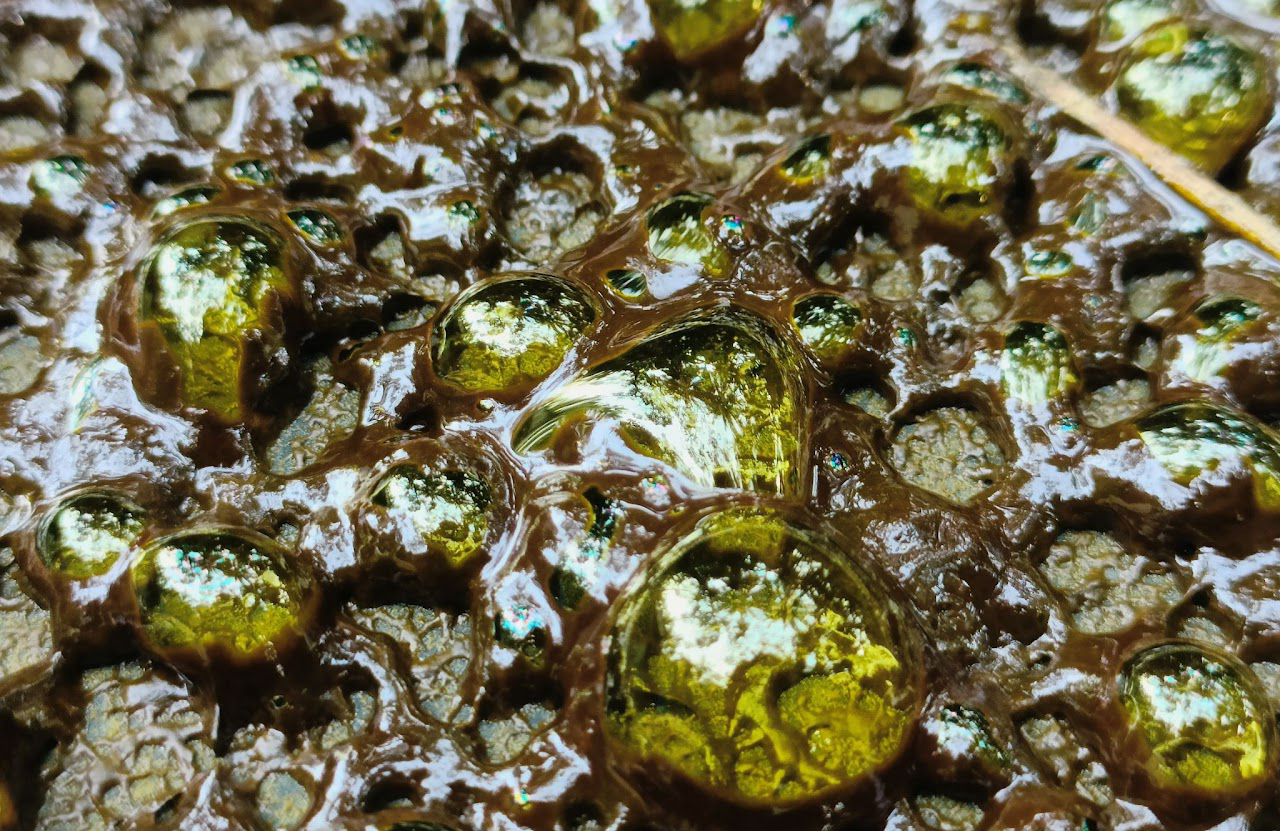FDM Multicolor optimisation and how to save print time as a designer
Key Points:
1. Precision
The acid etching process allows for extremely fine adjustments, resulting in a highly accurate and uniform surface.
2. Surface Quality
This method can produce a smoother surface compared to traditional mechanical leveling methods, enhancing print adhesion.
3. Durability
Plates leveled through acid etching tend to maintain their flatness longer, reducing the frequency of re-leveling.
4. Material Compatibility
Typically used on metal build plates like aluminum or steel, which can endure the etching process.
Process:
1.Preparation
The build plate is cleaned thoroughly to eliminate any contaminants.
2. Etching
An acid solution is applied to dissolve high spots and create a level surface.
3. Neutralization
The acid is neutralized and the plate is rinsed to remove residual chemicals.
4. Final Cleaning
The plate is dried and cleaned, ready for use in the 3D printer.
This method, being in the experimental stage by Mels3D, holds promise for high-precision 3D printing applications where even minor deviations in build plate flatness can significantly impact print quality.



Comments
Post a Comment